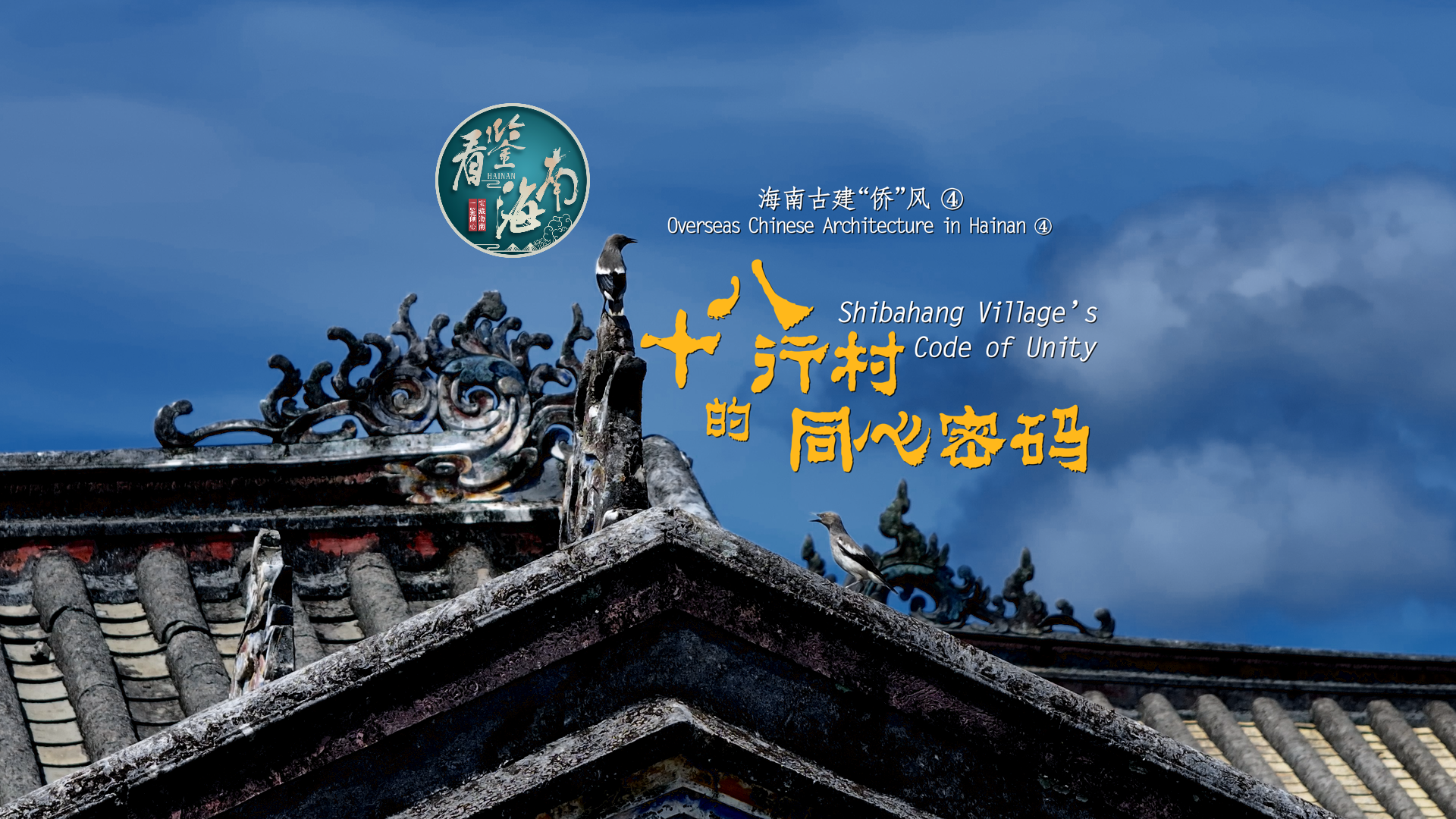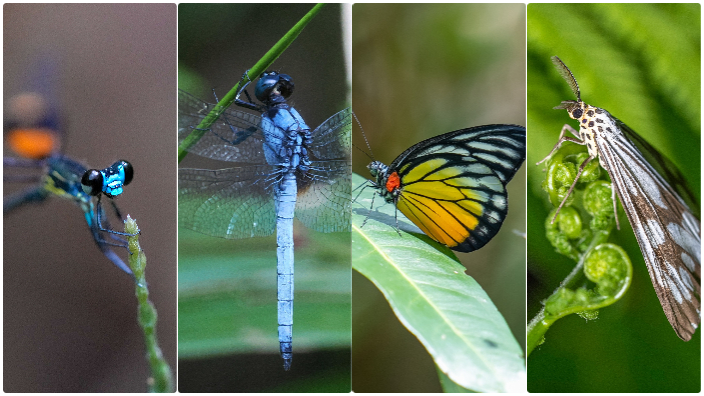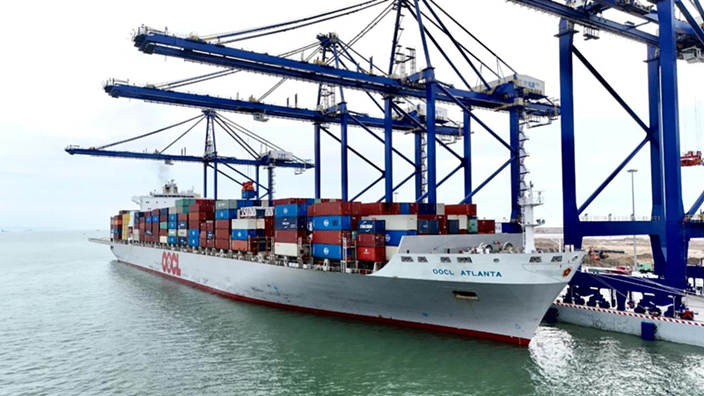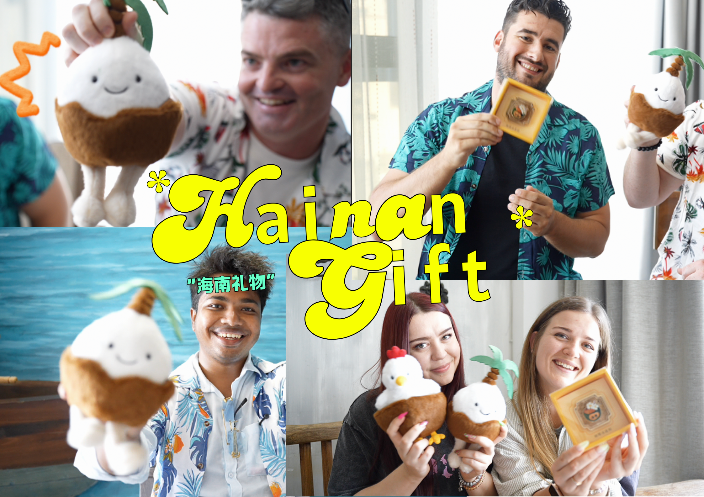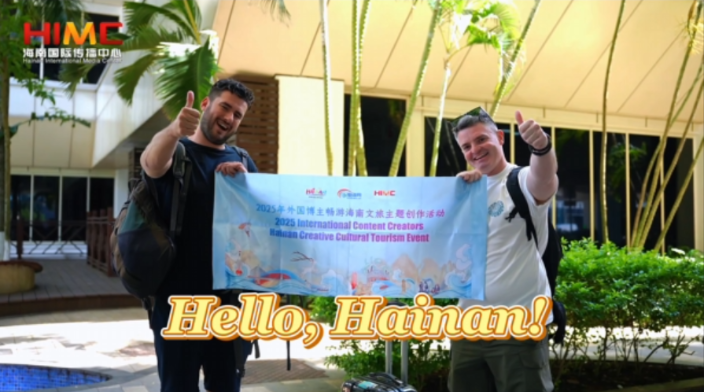
“In a single day, I ate 300 lychees. Oh, to be a southerner would please me greatly.” Su Dongpo’s famous ode to lychees has echoed through the ages, elevating this fruit to an icon status every early summer. However, for the modern lychee lovers, one question lingers: eating too many lychees causes inflammation, and yet, Su ate 300 in a single day? Was he trying to turn into a fireball? More likely, the lychees he ate weren’t quite the same as the ones we eat today.
The Hainanese know that wild lychees don’t cause inflammation. So, what makes them so different? The answer lies in the lychee orchards that flourish in the volcanic landscape of northern Hainan. The nearly 2,000-year history of lychee planting in northern Hainan echoes along the pumice-strewn paths that weave across the land. Enriched by the minerals of volcanic soil, lychees here have long been famed for their vivid color and rich flavor. The fruit that the ancients ate were likely similar to this variety, each tree yielding fruit with its own distinctive taste. Because each lychee shares a different taste, the only way to find out how it tastes is to eat it yourself. Was Su Dongpo also out to try the luck of the draw when he consumed all those lychees here in Hainan?
Here, on this ancient pathway through ancient lychee groves, we have discovered not only the origin of a fruit but a treasure trove of in-depth integration between nature and human technology. The Haikou Yangshan Lychee Planting System was designated as National Agricultural Heritage in 2017, making it a part of Hainan’s tapestry of intangible cultural heritage. Yangshan is also a genetic reservoir: over 40,000 mu (2667 hectares) of wild lychee maternal parent stocks still thrive here. In Meiyue Village alone, more than 1,600 mu (107 hectares) are home to trees that preserve some of the finest lychee traits and flavors. Thanks to them, new and better varieties can continue to be cultivated.
The towering lychee trees that thrive in this ancient lychee grove in Hainan are windows through time into the history of this crimson red fruit that has been shaped in myriad ways by nature and whose sweet taste has been lovingly cultivated with sweat and smarts by generation upon generation of Hainan islanders.
Overseas Chinese Architecture in Hainan ④: Shibahang Village’s Code of Unity
05:47, 27-June-2025World Insect Week: Fantastic Flying Creatures in Hainan’s Rainforests
05:47, 27-June-2025Yangpu International Container Terminal Opens Direct Shipping Route to India
05:47, 27-June-2025It's time for Hainan "Village VA"!
03:13, 26-June-2025Surprise Delivery of Hainan Gifts!
03:13, 26-June-2025One invitation and they came to Hainan right away! Look, they are arriving!
03:12, 26-June-2025By continuing to browser our site and use the services you agree to our use of cookies, Privacy Policy and Terms of Use. You can change your cookie settings through your browser.
